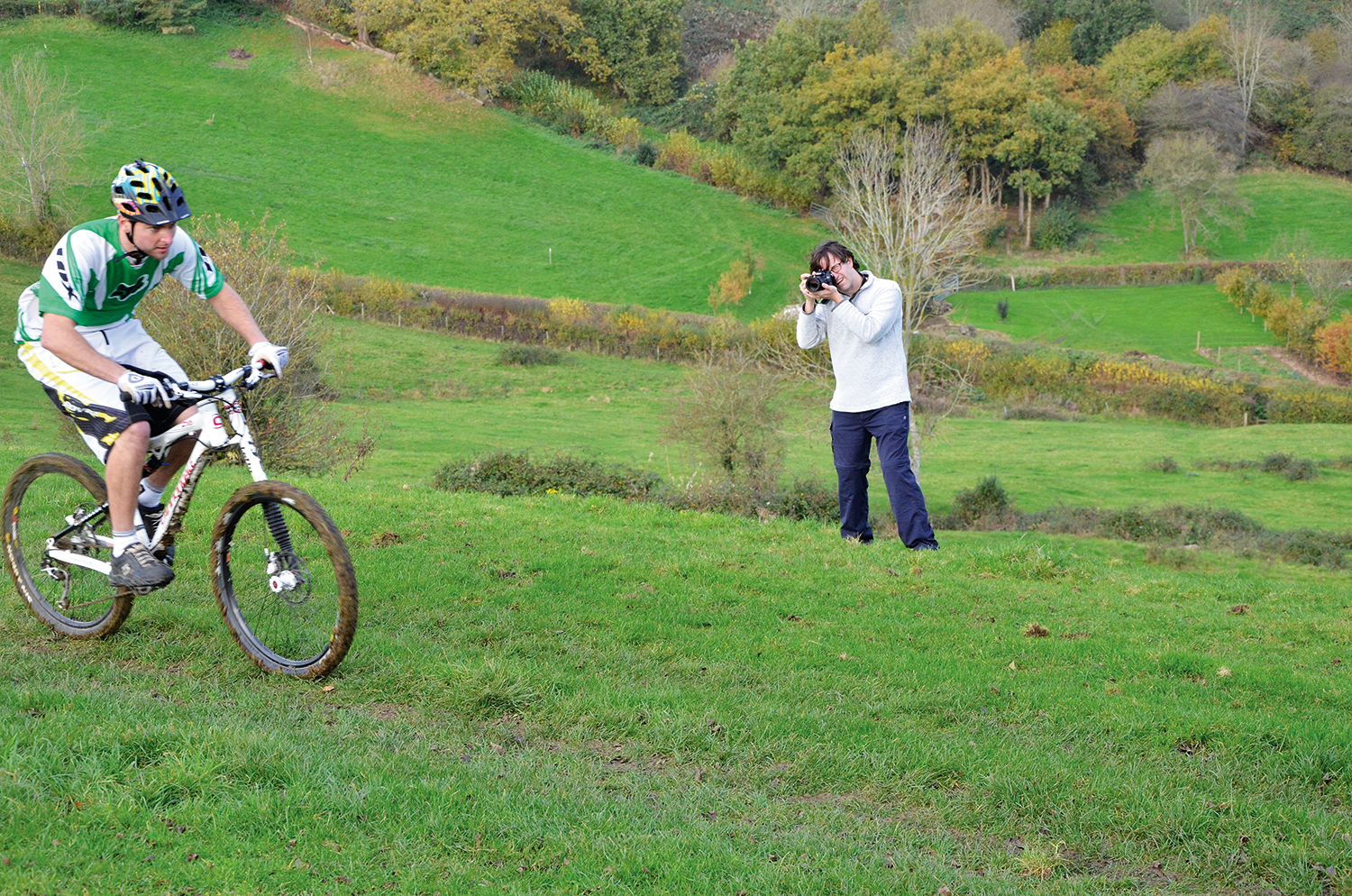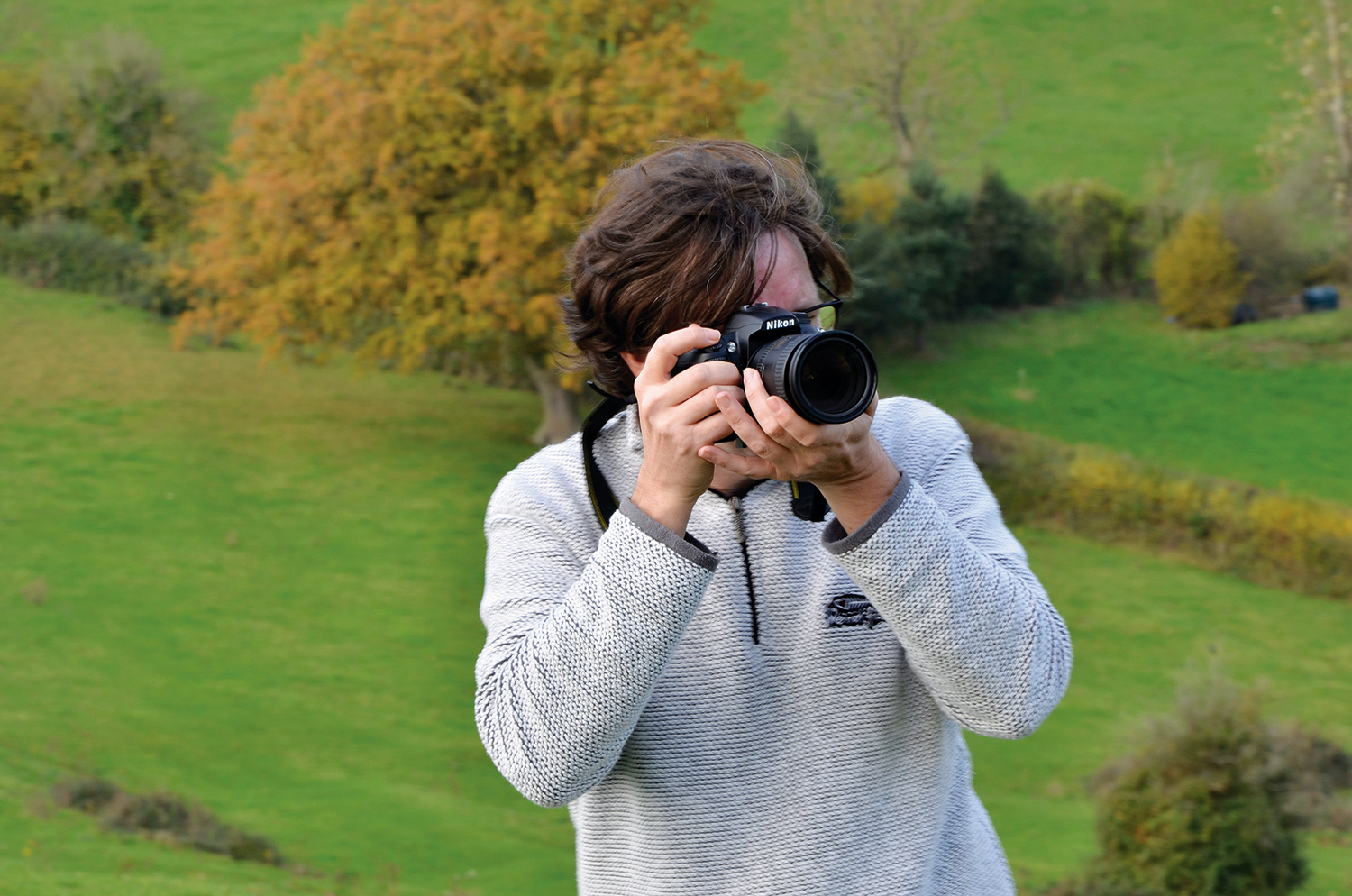Panning photography: capture speed and movement in your images
Perfect your panning skills, as we reveal how to capture photographs full of motion
Action photography isn’t always about using a fast shutter speed to freeze the subject sharply; go for something slower and you’ll introduce blur, giving your shots a sense of speed. Pan the camera to follow the subject and you can capture it in focus, while the background becomes a rush of movement.
Getting this right is a combination of choosing the correct shutter speed and practicing getting your panning smooth. When choosing the shutter speed, you need to take into account how fast the subject is moving and how far away it is. Runners or cyclists who are a few meters away can be shot using a slower shutter speed, such as 1/15 sec, than for fast-moving cars.
When it comes to the actual technique, smoothness is vital. This means that you need to start your pan as early as possible, so you’re following the movement smoothly when you fire the shutter. Then continue the panning action for as long as possible after taking your shots. Let's see how it's done…
01 Set Shutter Priority

For consistent results, you need to use the same shutter speed throughout the pan. Set your camera to Shutter Priority and then use the input dial to select an appropriate shutter speed for your subject (we used 1/40 second). Now set the drive mode to continuous shooting.
02 Set your focus

With subjects for which you can predict the position, such as cars on a road or mountain bikes on a track, you’ll get the best results by using manual focus. This is because you can just pre-focus on the point of the track where you’ll be shooting the subject.
03 Get in position

Before you start panning, you need to make sure that you’re positioned correctly. First, you should be facing in the direction in which you want to take your shots. Now swivel your body, without moving your feet, and you’ll be in the right position to rotate smoothly as you pan.
04 Start your pan

Try to position your subject in the frame as early as possible, ideally before they reach the point at which you want to take your shot. Remember to keep them in the same position in the frame by using the focus point in your camera’s viewfinder.
The best camera deals, reviews, product advice, and unmissable photography news, direct to your inbox!
05 Take your photos

Once you’re panning smoothly, you should take a few frames as the subject reaches the area you identified in the second step. Make sure that you depress the shutter release as smoothly as you can, and take a maximum of three or four frames at a time.
06 Keep panning

Resist the urge to take a look at your images straight away, and remember to keep panning with the subject in the same position in the frame for as long as possible after you’ve taken your shots. This will help to keep your panning action as smooth as possible.
More videos:
Photography tips and tutorial videos
Shoot great waterfall photos with a slow shutter speed
Water drop photography: freeze water splashes with off-camera flash
I’ve been interested in the art and craft of photography since I pestered my parents to buy me a ‘proper’ camera aged about 10. Armed with my new Zorki 4k camera, I set out on a photographic journey that continues to this day.
I learned the ‘nuts and bolts’ of the craft by doing a photographic degree at the University of Westminster, and have been involved in the photographic industry since then. For the last 12 years I have combined taking photos with writing articles and features for some of the UKs best-selling photographic magazines, including Practical Photography, Digital Camera and N-Photo. During this time I have also had two photography books published by Rotovision, on color and composition, and spent three years as a professional car photographer, working for evo magazine.
All of this means that I have experience of shooting almost every type of subject, but I always come back to my first love – landscapes (and particularly the British landscape. I know live in on the Isle of Skye in Scotland.

